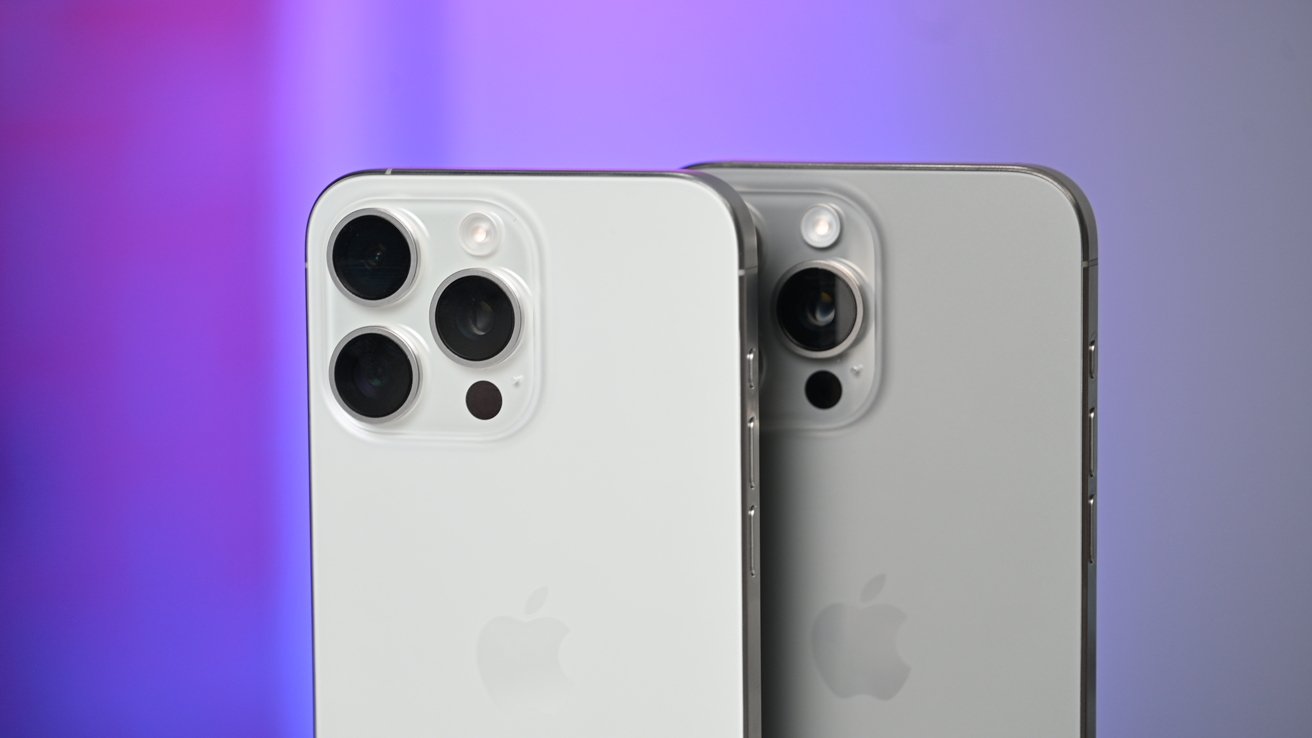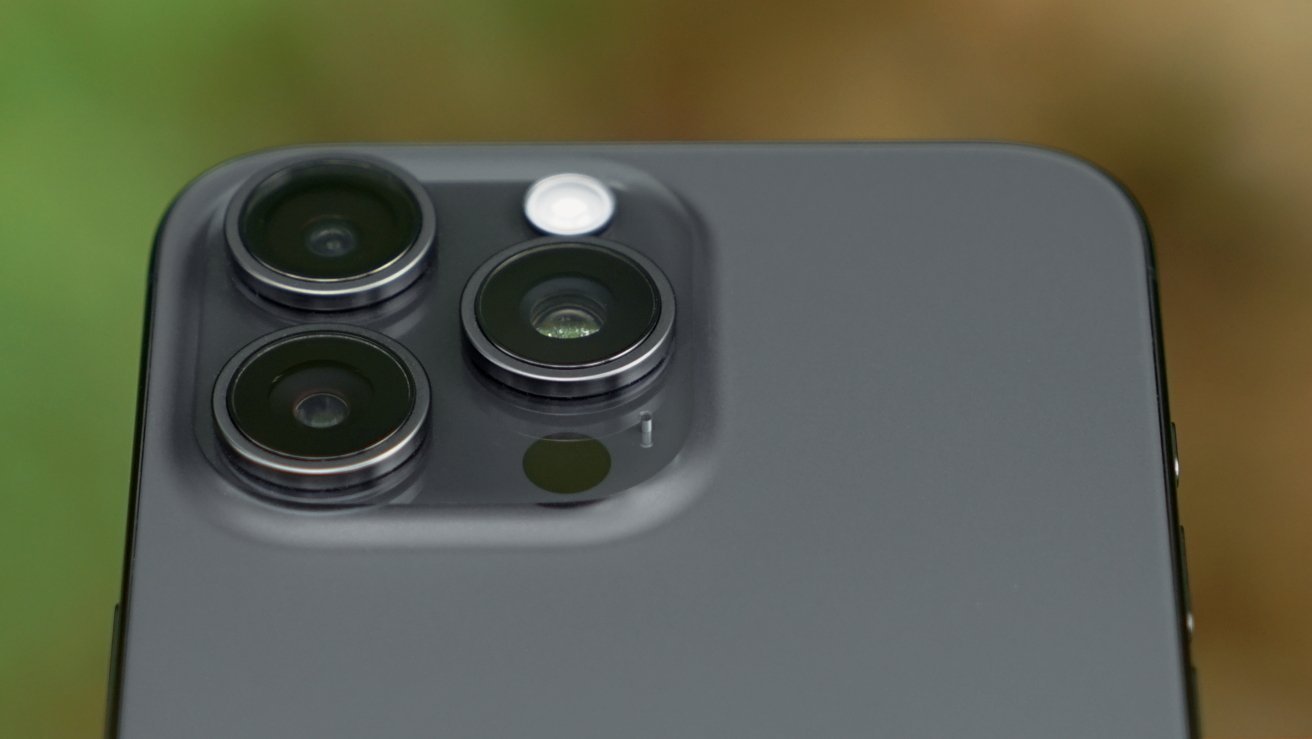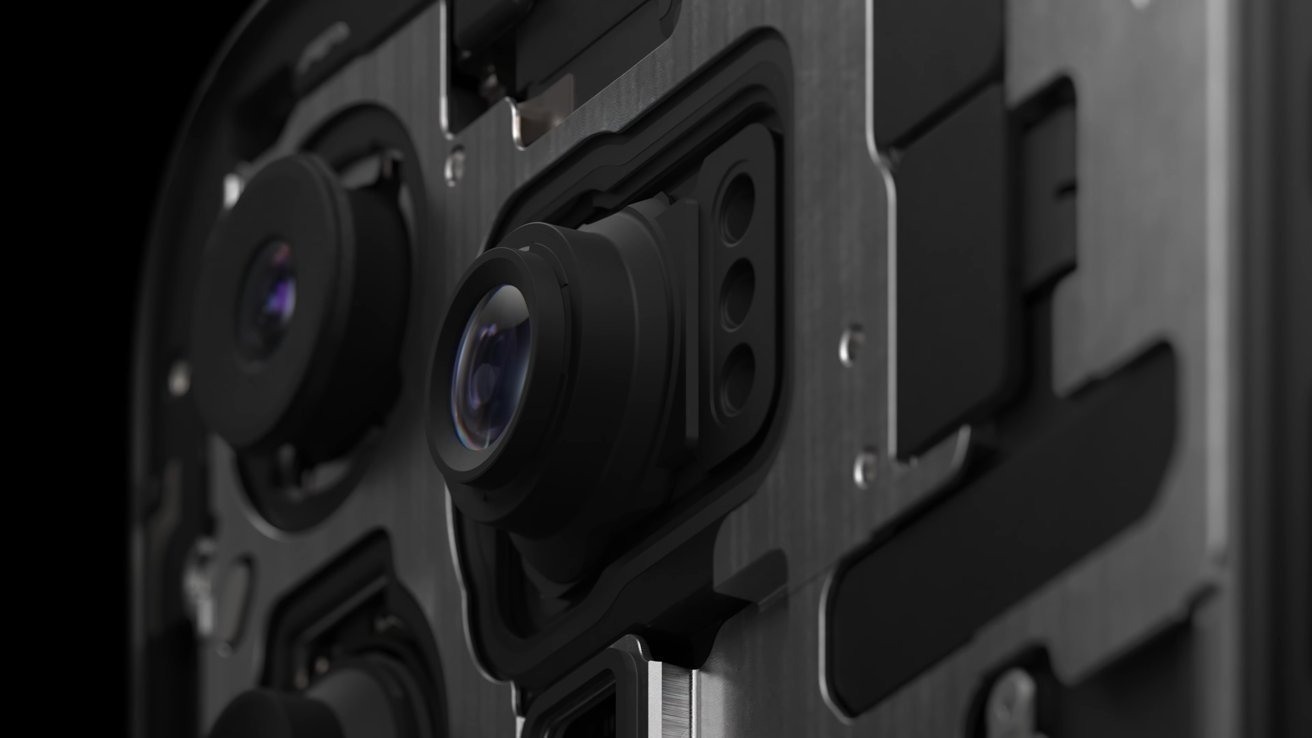The iPhone has a well-loved camera system that Apple continues to improve over time. Here's what's rumored to change with the iPhone 16 and iPhone 16 Pro.
The camera is arguably one of the most important parts of the iPhone. The imaging capabilities of the smartphone have been a common attraction for consumers, choosing to shoot with Apple's system over mobile devices.
It's so important to Apple that its "Shot on iPhone" marketing exercise focuses on the quality and capabilities of the iPhone in capturing video and audio. Even to a professional or broadcast grade.
Such a history of imaging quality means any changes to the iPhone's setup can heavily influence whether consumers upgrade to the next generation.
Much like other parts of the iPhone, the camera system has become the subject of leaks and forecasts from the rumor mill. If true, the proposed alterations could make the iPhone 16 range an even better choice for photographers and videographers.
Here's what the iPhone 16 and iPhone 16 Pro rumors claim are on the way this fall.
iPhone 16 Pro camera sensor upgrade
The iPhone 14 Pro and Pro Max camera system received a considerable update, bringing the Main or Wide camera up to a 48-megapixel sensor from 12MP. The change meant it could take advantage of pixel binning to produce even better 12MP images, as well as 48MP versions.
The sensor change also added a new optical 2x zoom level, which was technically true due to it being a crop of the image.
However, the Telephoto and Ultra Wide sensors were still at the previous standard of 12 megapixels. This arrangement continued into the iPhone 15 Pro and iPhone 15 Pro Max.
There have been multiple rumors that the arrangement could change in the iPhone 16 generation. The Ultra Wide sensor could be upgraded to the same resolution.
A forecast from August 2023 put forward the idea of a 48MP Ultra Wide sensor to go along with the Main one. By December, a serial leaker offered a similar claim about the Ultra Wide sensor being upgraded.
If true, this would leave the Telephoto lens as the last to exist as a 12-megapixel camera. With the potential for considerable cropping of the image to considerably improve the level of zoom, a 48MP Telephoto sensor could be a good addition to round out the group.
iPhone 16 Pro gains Pro Max's Tetraprism lens
The big selling point of the iPhone 15 Pro Max is, aside from the display, the higher level of optical zoom in the Telephoto lens.
The iPhone 15 Pro had the usual lens setup, with it having a 3x optical zoom. The iPhone 15 Pro Max, meanwhile, pushed that optical zoom to 5x.
The increased optical zoom was impressive, but it also impacted digital zoom. The Pro could go up to 15x, but the Pro Max managed up to 25x.
The improvement is caused by the Tetraprism lens, a glass arrangement Apple included in only the Pro Max. However, there's a chance the iPhone 16 Pro could get it too.
By February, Trendforce joined the conversation, making it a Pro-specific feature all round.
While it would mean the Pro Max would lose its optical advantage over the Pro as a marketable feature, it would still be beneficial to consumers who don't necessarily want to use a larger handset.
iPhone 16 Pro coating could reduce lens flare
While not an entirely new lens, there has been a rumor of Apple using other elements to improve picture quality.
Leaker Yeux1122 said in April that Apple will use a new technology called Atomic Layer Deposition to add coatings to lenses used with the iPhone 16 Pro cameras. The technique results in the creation of a precise and even film that's just a few nanometers thick.
That layer would effectively add a filter to the glass, which can potentially reduce flaring, among other benefits.
While just a rumor, the application of films to glass for optical purposes is a common practice. This does make the rumor seemingly more likely to actually happen.
iPhone 16 Pro could use thinner lenses
One area that could affect the wider iPhone design is a shift in the type of lenses Apple uses in its Pro-grade cameras.
A supply chain report from the Economic Daily News in October said suppliers were preparing for the 2024 iPhones. Part of the preparation is the possible use of molded glass lenses in the Pro models.
Molded glass lenses provide a number of benefits, including creating thinner and lighter lenses, saving space and weight.
Using molded lenses can also result in greater magnification for their given size. That is, Apple could thin the lenses while maintaining existing focal lengths without penalty.
Logically, this can also mean Apple could also use the same amount and size of lenses, but increase the focal lengths.
iPhone 16's redesigned camera bump
The camera bump usually goes through a number of small changes between generations. However, there could be a considerable change on the cards for the iPhone 16.
The change basically shifts the two-camera arrangement from diagonal corners of a larger square bump into a side-by-side arrangement taking up half the space.
Aside from tidying up the outside appearance, the change does give another benefit to Apple. When used in landscape orientation, the pair of cameras could therefore be used to record spatial video that could be viewed by the Apple Vision Pro.
The iPhone 15 Pro can already record such footage already. A shift of the cameras would mean Apple's standard iPhones would be able to do the same thing.



